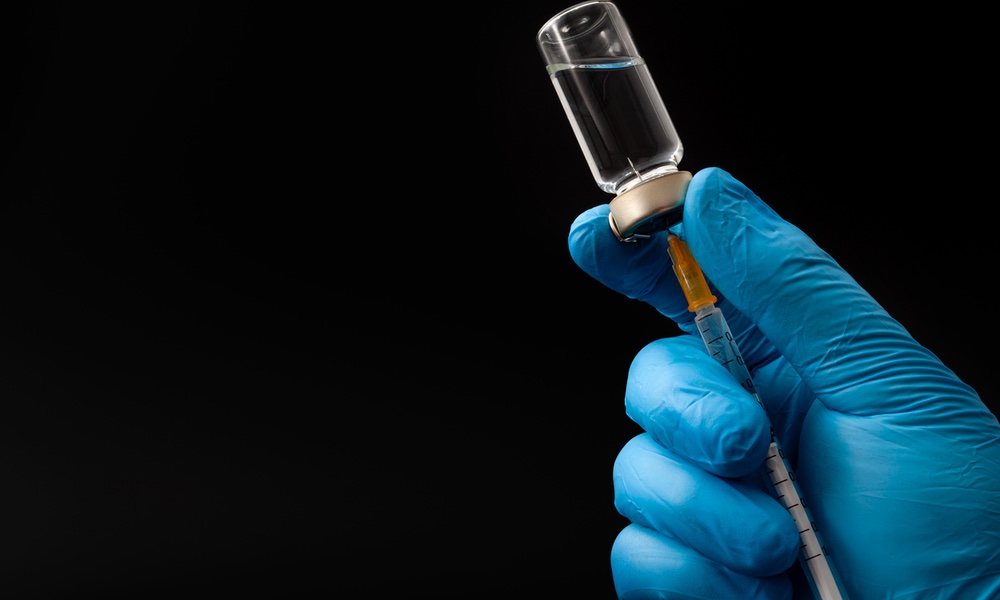Adolescent female athletes are eight times more likely to injure their knee's anterior cruciate ligament (ACL) than their male counterparts, according to a recent study. The study looks at the reasons why this knee injury disproportionately affects mature girls. It also addresses how to prevent and treat the condition.
"With more girls competing in soccer, basketball, gymnastics and volleyball-sports requiring maneuvers such as jumping and landing, or quick stops and turns-more cases of ACL injuries are being seen," says lead author, Dr. Christopher S. Ahmad, director of the Center for Pediatric and Adolescent Sports Medicine at Morgan Stanley Children's Hospital and assistant professor of orthopaedic surgery at Columbia University. According to Dr. Ahmad adolescent girls tend to develop quadriceps strength without a corresponding increase in hamstring strength. When very strong quads overpower the hamstrings, an imbalance occurs, leading to stress on the ACL. Second, girls become skeletally mature earlier during puberty and they tend to perform their sports activities in a more upright position that adds stress to the ACL.
The study followed 53 female and 70 male recreational soccer players, aged 10 to 18. Greater knee laxity-one indication of risk for ACL injury-was found among mature girls (8.85 mm), especially when compared to mature boys (7.33 mm). Previous research has shown that estrogen may contribute to laxity and weakened ACLs. The study also found mature girls had significantly greater quadriceps-to-hamstring ratio (2.06) when compared to immature girls (1.74), immature boys (1.58) and mature boys (1.48).
Dr. Ahmad suggests tips for girls on how to prevent ACL injuries, including training them to assume a more flexed stance. He also suggests strengthening of hamstring, hip and other core muscles.
"When an injury takes place, the child's knee and surrounding areas should be iced and elevated to prevent inflammation," says Dr. Ahmad. "With any persisting pain or lack of mobility, parents should consult with their physician."
The study appears in the March 2006 American Journal of Sports Medicine.




